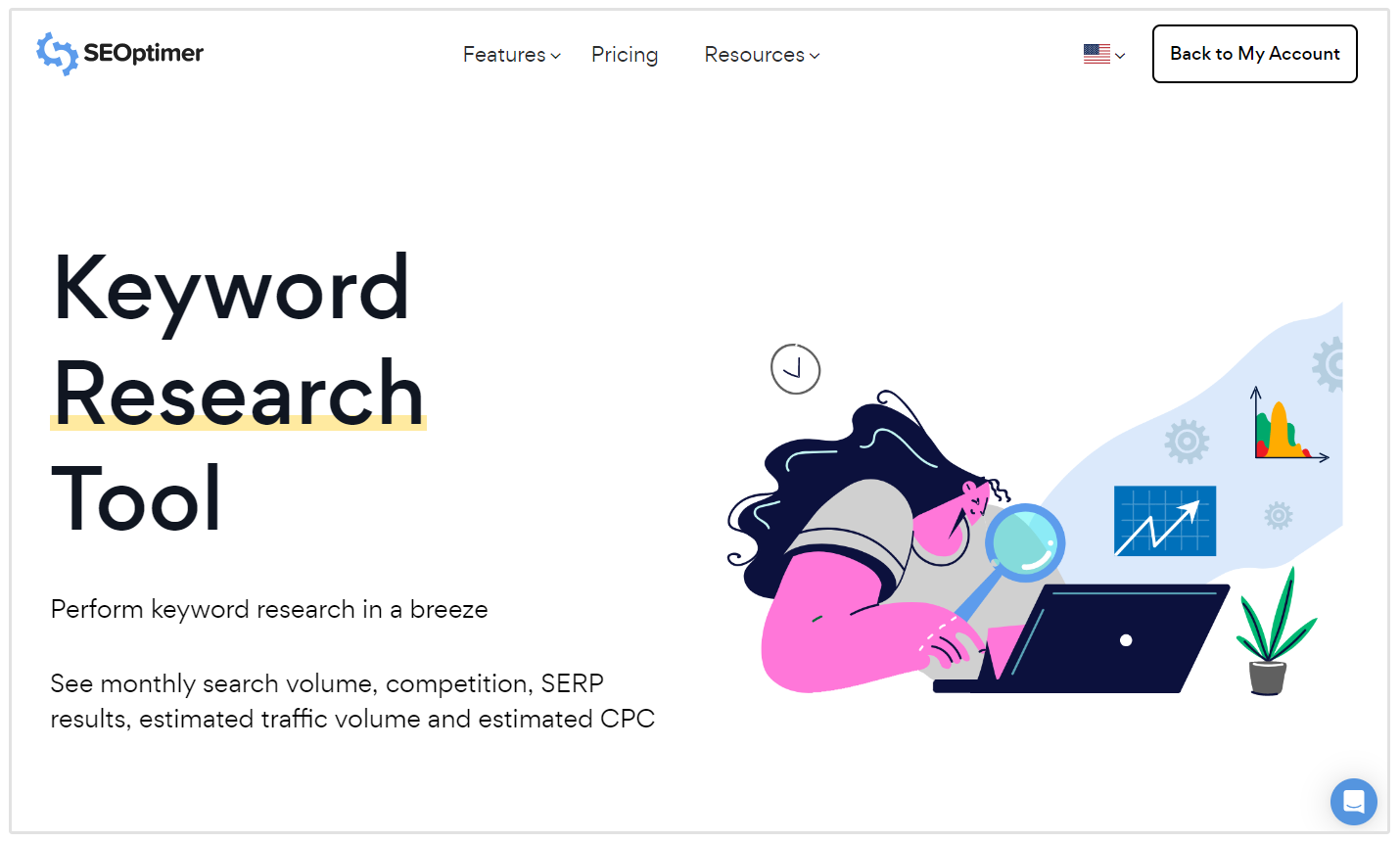Comprehensive Look at Secondary Dimensions in Google Analytics: Meaning and Ideal Practices
Comprehensive Look at Secondary Dimensions in Google Analytics: Meaning and Ideal Practices
Blog Article
Unveiling the Impact of Additional Dimension in Google Analytics on Data Evaluation and Insights
In the world of information analytics, the utilization of additional dimensions within Google Analytics has actually emerged as a critical device for extracting much deeper insights and unraveling facility patterns that could otherwise stay covered. By peeling off back the layers of primary information collections, second measurements provide a nuanced viewpoint that enhances the understanding of individual behavior, internet site performance, and the effectiveness of advertising techniques. However, truth influence and untapped possibility of additional measurements are frequently underestimated, overshadowed by the appeal of key metrics. As we browse via the elaborate landscape of data evaluation, the relevance of secondary measurements comes to be progressively noticeable, dropping light on essential details that hold the trick to informed decision-making and tactical optimizations.
Exploring the Principle of Secondary Dimensions
Additional measurements in Google Analytics give extra insights by allowing individuals to evaluate primary information in combination with a second quality. By including additional dimensions, individuals can dive much deeper into the data and discover useful connections that may otherwise go undetected - what is a secondary dimension in google analytics.
By exploring the various additional measurements readily available in Google Analytics, individuals can unlock brand-new understandings and optimize their electronic advertising efforts. In essence, second measurements offer as a powerful device for improving information analysis and driving workable outcomes.
Enhancing Data Analysis With Secondary Dimensions
Having actually established the fundamental understanding of second measurements in Google Analytics and their crucial role in data evaluation, the emphasis now moves towards leveraging these second attributes to enhance the analysis of analytics data (what is a secondary dimension in google analytics). By including secondary measurements right into information evaluation, experts can get much deeper insights into individual behavior, site performance, and advertising effectiveness

Additionally, additional measurements aid in contextualizing main data metrics by supplying added layers of information. This contextualization aids in comprehending the 'why' behind the information patterns, assisting analysts make educated decisions and optimizations to enhance general performance. Inevitably, incorporating second dimensions enriches the information analysis procedure, resulting in even more purposeful insights and critical activities.
Discovering Hidden Insights With Additional Dimensions
Exploring the depths of analytics data with secondary measurements reveals important insights that would certainly otherwise stay obscured. By including additional measurements in Google Analytics, services can unearth concealed patterns, trends, and correlations that supply an even more extensive understanding of individual behavior and internet site performance. These extra layers of information allow analysts to dig deeper right into the primary dimensions, such as website traffic sources or touchdown web pages, and gain a much more nuanced point of view on just how various variables connect with each other.
Through the use of secondary measurements, experts can section and compare information throughout numerous dimensions, enabling them to recognize details variables that affect customer involvement, conversion rates, and total success metrics. By combining the primary pop over to this web-site dimension of 'device group' with the secondary measurement of 'age team,' marketing professionals can identify which age demographics choose accessing the internet site with mobile devices versus desktop computers.
Leveraging Additional Measurements for Actionable Analytics
Building upon the insights unveiled with secondary dimensions in Google Analytics, businesses can currently harness this enriched data landscape to drive actionable analytics and critical decision-making. By leveraging second dimensions, companies can delve deeper right into their information to extract valuable patterns, fads, and relationships that may have formerly gone unnoticed. This much deeper level of evaluation allows businesses to get a more detailed understanding of user actions, campaign efficiency, and overall web site effectiveness.
One key benefit of utilizing additional measurements for actionable analytics is the capacity to segment data based upon specific criteria. This segmentation allows companies to customize their techniques and projects to different target market teams, bring about a lot more targeted and effective advertising and marketing efforts - what is a secondary dimension in google analytics. Additionally, additional measurements provide a more alternative sight of customer communications, making it possible for businesses to enhance their web site web content, layout, and general customer experience
Making The Most Of Decision-Making With Secondary Dimensions
To enhance calculated decision-making in analytics, leveraging second measurements in Google Analytics can give an extra nuanced viewpoint on individual actions and project efficiency. By integrating additional dimensions into data analysis, businesses can delve much deeper right into the specifics of their internet site site visitors' communications and interaction patterns. This added layer of information allows for a more comprehensive understanding of how various variables, such as demographics, basics devices, or traffic sources, influence vital efficiency indicators.

Conclusion
To conclude, making use of additional measurements in Google Analytics plays an essential function in improving information analysis and revealing concealed understandings. By exploring this concept, one can obtain a deeper understanding of individual behavior and make notified decisions based upon actionable analytics. Leveraging additional measurements enables an extra detailed interpretation of data and makes best use of the efficiency of decision-making procedures.

Report this page